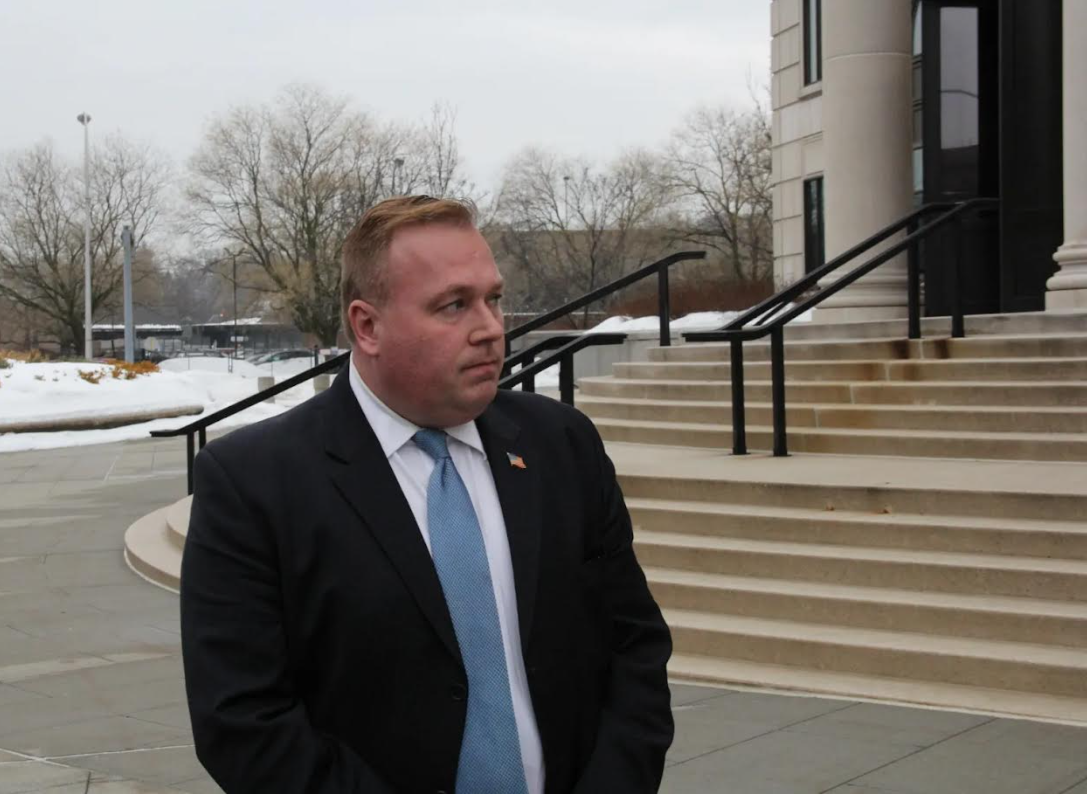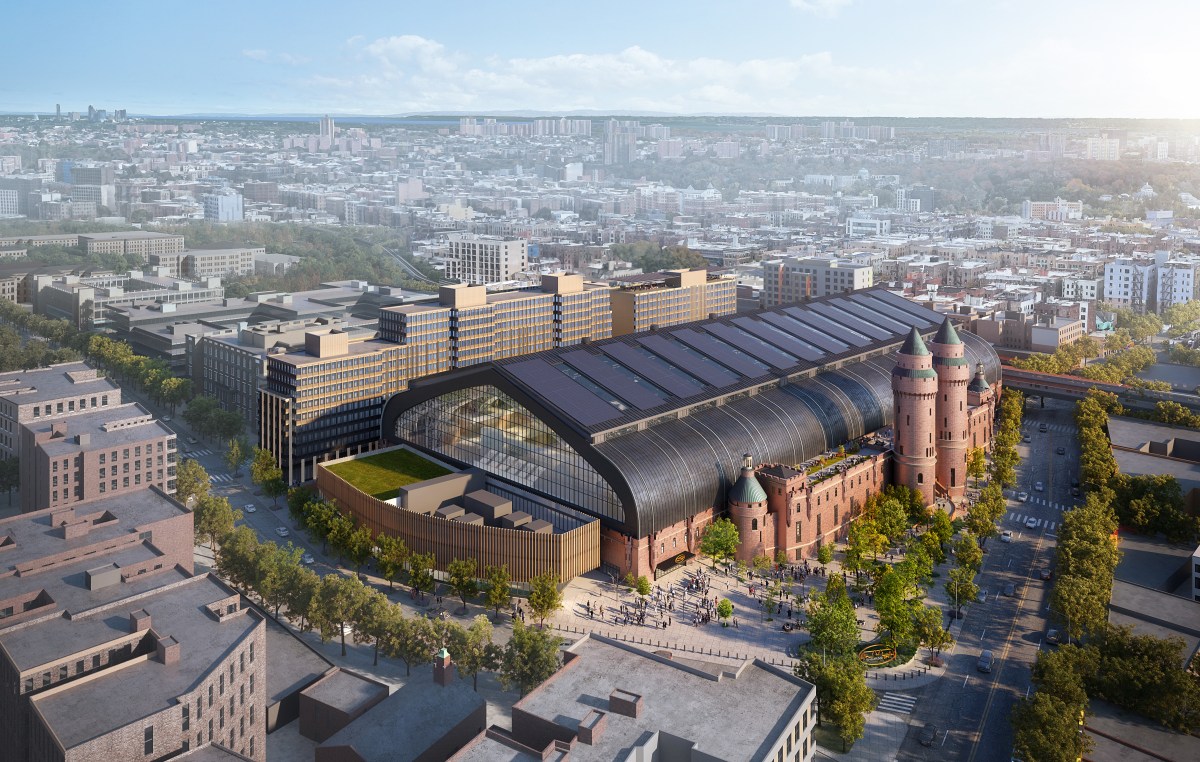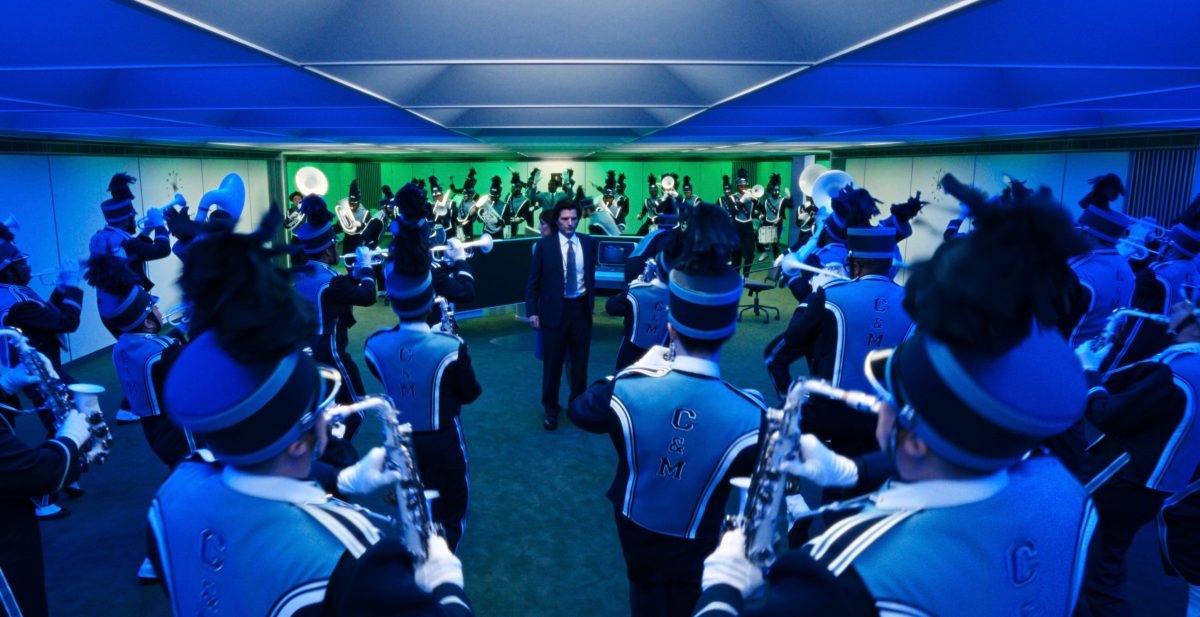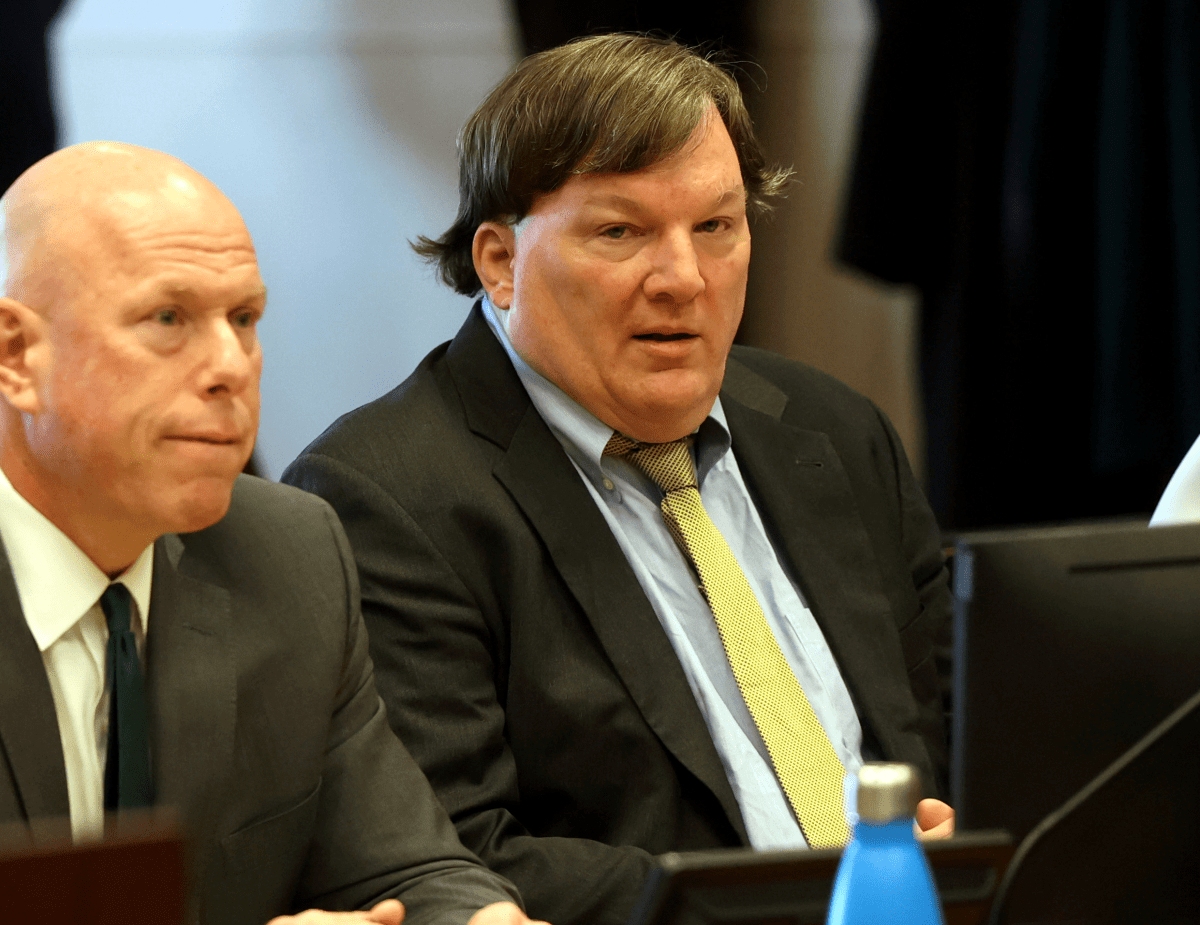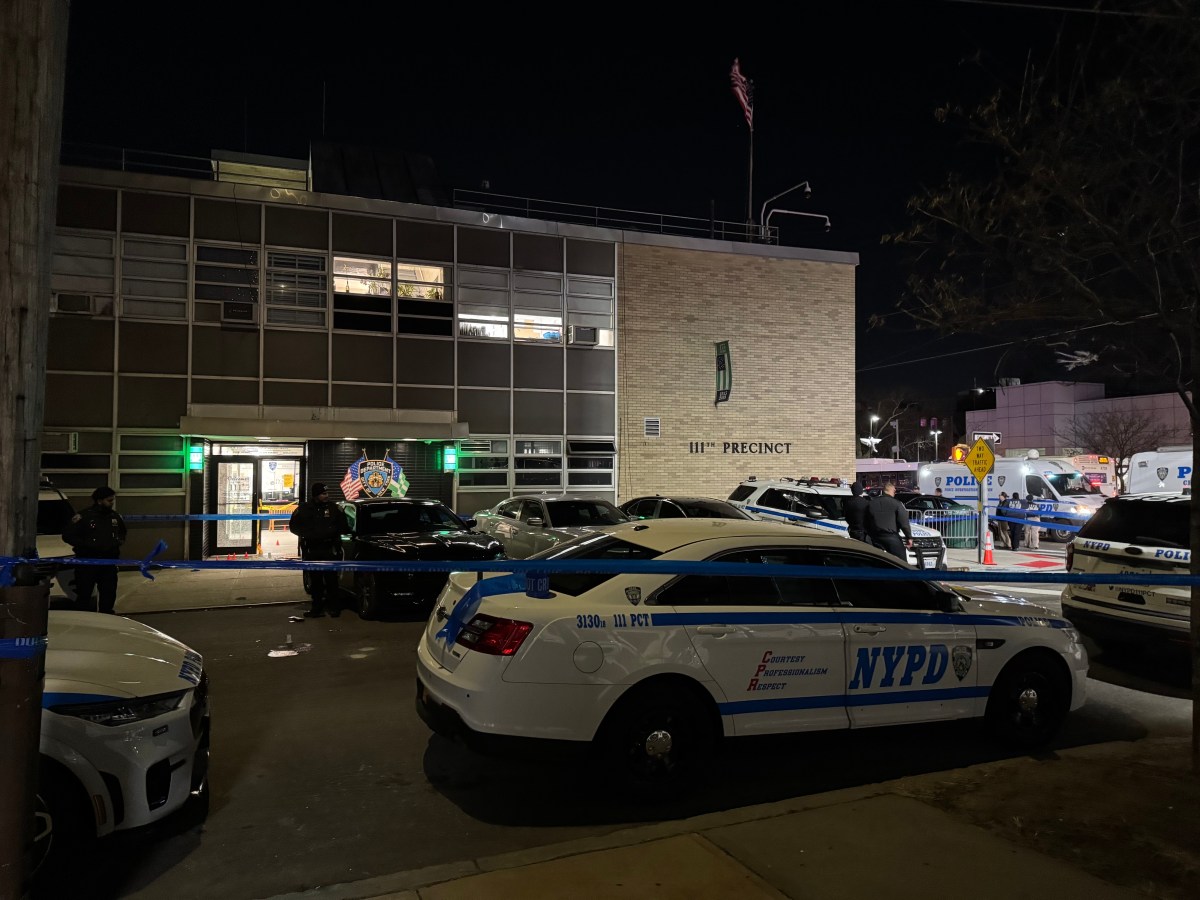By JOSH ROGERS | The long-awaited World Trade security plan will be debated at a public hearing Tues., April 23rd at 4 p.m. at the City Planning Dept., 22 Reade St.
The 602-page Draft Environmental Impact Statement, which severely restricts vehicular access in and around the W.T.C., was only released to the public April 8, and the public has until May 8 to make written comments in order to influence the final environmental statement.
“Typically there is more time to digest such a huge document,” Catherine McVay Hughes, Community Board 1’s chairperson, said April 22.
Michael Levine, C.B. 1’s planning director, said last week that the board had been inviting the N.Y.P.D. to discuss the W.T.C. Campus Security Plan for many months without a response, and C.B. 1 first learned of the hearing this month after a police official responded to a question he posted online.
Ro Sheffe, a C.B. 1 member, said the plan effectively closes off streets like Greenwich, which was reopened in the new W.T.C. in order to connect the area to the city.
“Conceptually we’re back to the superblock from the 1960’s,” he said at the board’s Executive Meeting, April 17.
Sheffe recalled that when an underground West St. tunnel was proposed after 9/11, Battery Park City residents and others opposed it for years, but the plan seemed like a done deal until a corporate giant moving near the W.T.C. joined the opposition and got the plan nixed.
“We got nowhere until Goldman Sachs spoke out,” Sheffe said.
He suggested enlisting the help of large companies planning to move in or near the Trade Center to help ease some of the closures.
The N.Y.P.D. has maintained that tight restrictions are necessary in order to protect an area which terrorists have attacked twice in the last 20 years.
C.B. 1 has identified several areas of concern in the environmental statement and is continuing to revise its comments for the Tuesday hearing.
The board is pointing to parts of the report saying people living in almost 50 apartments at 110-112, 114 and 120-122 Liberty St. would have “some inconvenience” receiving deliveries and guests.
The N.Y.P.D. is proposing a “Trusted Access Program” to allow residents, local businesses, black cars and tour buses some vehicular access. Pedestrians and bicyclists will have much greater access to the site under the plan.
As many as 17 tour buses could line up by Trinity Pl. and Liberty St., putting them in front of two public high schools, Economics & Finance and Leadership and Public Service, C.B. 1 says.
According to a draft document the community board prepared April 17, the Draft E.I.S. does not make clear where unregistered tour buses denied access to the W.T.C. will go.
The board’s draft also says that the N.Y.P.D. has not outlined what would happen in the event of a storm surge or power outage. Hughes said last week that it’s an issue the board raised a year ago — long before Hurricane Sandy flooded the W.T.C. and much of Lower Manhattan.
Since the storm, officials have said that when construction is complete, the Trade Center would be able to be sealed off from possible floods.
Hughes said one improvement the N.Y.P.D. made from a year ago is to open up Church St./Trinity Pl. to three lanes of traffic instead of two.
“That’s a huge win,” she said last week.
The draft environmental statement does factor in some of the remaining uncertainty of rebuilding the W.T.C. The report assumes Tower 5 will not have a hotel by 2019, since the site’s owner, the Port Authority, is no longer planning a hotel there, and is currently waiting for market conditions to improve before deciding what to construct.
The draft also notes that 240,000 square feet of cultural space has been taken out of the plan since 2004, and that the proposed Performing Arts Center has been scaled down by more than half to 1,000 seats. Retail has been cut from 1 million square feet to 441,000, and restaurant space is down to 14,000 square feet from the 30,000 proposed nine years ago.
The N.Y.P.D. does assume Towers 2 and 3 will be built by 2019, even though neither building will be completed without signed leases from large commercial tenants.

- Map of the N.Y.P.D.’s proposed security plan for the World Trade Center.




